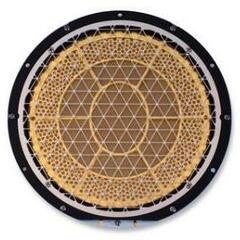Leaderboard
Popular Content
Showing content with the highest reputation on 02/12/2023 in Posts
-
3 points
-
Strap in, this is gonna be a long walk. As many HCers know, I worked in nightclubs for nearly 20 years and ran my own one man lighting company. At one point I was hugely interested in nightclub and stage lighting. There are many high end club light manufacturers, from Martin to Coemar to ...a company called "High End." The best "luminaries" as they are called are made by an Italian outfit called Clay Paky. Clay Paky fixtures are truly the Ferrari of lighting. Ferrari as the company imagines itself to be, not as they actually are. Clay Paky products fantastically expensive, physically massive, unimaginably heavy and consume gobs of power. 20 years ago I went on eBay and searched for Clay Paky products. It was about what I expected. Huge pieces of kit that was greatly expensive even used, with "freight only" shipping options. One guy was selling an official Clay Paky lighting tech vest for $20. It has a massive Clay Paky logo on the back and a bunch of pockets for ...whatever. I impulsively bought it. I have never actually worn the vest because it's ...pretty stupid looking. Even on stage where one is doing lighting, it looks idiotic. Still, I kept it. For reasons unclear even to me, the Clay Paky vest made it with me to the Vineyard. I found it while doing laundry earlier this week. Amused, I did a search for Clay Paky on eBay, like it was 2003 all over again. Not much has changed. "Set of 4 moving heads + case for $5700 + $$$ shipping." "Package of 8 Mini-B moving heads, $22,000 + freight shipping." There are a few LED options now ("2 color changing LED floods, $7,500." Unlike much of the club lighting industry, Clay Paky were slow to adopt LED technology. LEDs aren't as bright and don't deliver as wide a range of colors as a 750W arc bulb does. Climate change be damned. One listing particularly caught my eye. Most static and moving stage lights come in two styles: matte black finish and boring industrial grey. The former is for nearly all applications and the latter is for stuffy corporate spaces. Custom colors exist, but they're rare. Then there's these fucking things: It's the Clay Paky Sharpy: Trump Edition. They'd fit in just fine here: Note Trump cheaped out and used standard black finish movers.2 points
-
The Canon EF 85mm F/1.2L II USM as it is formally known. Seen here on the 30D of all things. Not too surprising as both came out in 2006. One has aged better than the other.2 points
-
Milled and drilled the Moxon vice. Determined that the under mount drawer for the woodpecker table does not work for me as it just takes too much of the travel of my limited drill press. Cannot even get the whole Wood Owl auger bit set on the drill press when the drawer in place. Really handy for storage but I guess it only works on a free standing drill press. Determined that the new Fisch Forstner bit kit is a big step up from the Woodcraft one I was using. Determined that a drill press that can spin at slower than 1350 RPM is dramatically better for these big bits. The Arm-R-Seal makes it a bit yellow but it will need all the strength it can get thrown around in my shop.2 points
-
1 point
-
I've been going over some photos I took in October 2009, when I got my filthy paws on an 85L for a day or so. Even with my 30D's never particularly good sensor, I am amazed at what that lens can do. Any HCers who have a Canon body, you owe it to yourself to rend an 85L for a few days. It's among my list of things that lived up to the hype, which includes HD-650s (in 2004 terms), Ardbeg Uigeadail, Tapatio hot sauce, Citizen Kane and Biosphere's Substrata. These are some of the lesser shots I took in '09. I rejected them at the time, but I'm much better at editing photos now than I was then. I made heavy use of Topaz DeNoise AI, Luminar 4 and a totally paid for copy of Photoshop 2022. Not a very good shot. The vinetting is caused my OOF, unlit people in the crowd. They make an interesting framing device. It's just a mirror ball. Did I ever mention I took an 85L to a jello wrestling event at goth night? This shot was moments before this woman pulled the announcer into the pit with her. Unreality. Heavily processed with Topaz, Luminar 4 and a lookup table. This is is a very silly edit, but it does show off the 85L's wafer thin DoF but also it's glorious redition of OOF areas. That aspheric element is Japanese magic. Another not very good shot. The 30D sucks at ISO1600. Also the framing is awful. Again, the OOF areas are excellent. More unreality. I'm having fun with the 85L's tiny DoF (notice the Apple logos are not in focus, as is most of the laser.) I ran this one through Topaz, Luminar 4, then Topaz again. Lumianr's pseudo HDR processing really amps up the luminance noise. The woman who founded the NoHo goth night announcing the winner of the jello wrestling event. I denoised it and applied a lookup table, but the end result actually doesn't look that different than the original. I will win no awards for framing here. I've got a dozen or so more shots to go through and finish editing.1 point
-
I like the tone the Arm-R-Seal gives the burled Maple top of the Colossus. The entire Colossus is finished in 5 coats of Arm-R-Seal, and even over a dozen years later it looks great.1 point
-
I believe it’s portrait mode (virtual bokeh), not portrait orientation, that causes reverting to 12MP. I had no issues. You need to stay on main camera, 1x zoom and (I believe) have ProRaw turned on, thus you’re still getting some processing, but some apps like ProCamera give you a “natural” ProRaw setting. Well lit museum and gallery spaces of old printed monochrome images aren’t the best tests, but so far I’m very impressed. Took a few photos with the Leica SL2-S too, but didn’t even look at them as these were great for this use. My biggest gripe, and why it’s probably great for street, is the “normal” lens is close to 35mm equivalent (contrary to many review comments about it being 50mm), so if you’re a 50mm shooter like me you’re always tempted to zoom and any zooming will knock it back to 12MP. I kinda wish they had a “best” lock setting and the phone became a single focal length, not that the 12MP ProRaw images look bad or anything. I still need to experiment more though. I do already wonder what this tech with the 48MP on each sensor and the rumored periscope lens system on the far end will start to mean to mirrorless body sales. 🙈1 point
-
Strauss: Ein Heldenleben, Op. 40, TrV 190 - Der Rosenkavalier Suite, Op. 59, TrV 227d: Yutaka Sado & Tonkünstler-Orchester Recommendation from a friend, available on many streaming services: https://album.link/i/1092312481 and Qobuz1 point
-
1 point
-
1 point
-
All this happened 50 years ago. Best year in pop music? https://open.qobuz.com/playlist/132232261 point
-
1 point
-
My brother had his new garage designed to emulate the oldest building in town, which is called the Woodside Store and is now a museum. The back side has a wrap around covered porch like the original shown below. Tom took me there last week to show me some benches and feed troughs that he thought were cool. He wondered whether I might be able to replicate them with the reclaimed redwood that Steve and I have been using to panel his wife's tack rooms. Here are some lousy pics of the originals. I brought a stack of the redwood home to finish planing and milling and decided to take a stab at them. I didn't do measurements but used those pics to make designs and a template that I used for the bench legs and trough dividers. Here are some crappy pics of the two benches, one standing trough and one low one I made.1 point
-
I totally want to go to the Zorn show (just got a ticket)!!! I am arriving Sat afternoon and will be around all Sunday (until I have to move to a hotel in Newark - giving a talk at Rutgers on Monday). Staying at the Marriot Marquis on Saturday night.1 point
-
i forgot to set the drok input voltage setting to 115 vice 230. thought i was in the habit of checking that first before using. now i can get 35 volts at 8 amps before reaching my load tester limit. put a 3k resistor in my grlv to get 30 volts out. now i get 30 volts at 8 amps out on a load test. here is the noise level before and after the grlv regulator during the 8 amp load test.1 point
-
found a couple 121 ohm resistors and here is what i get now amps volts 1a 23.35v 2a 23.36v 3a 23.37v 4a 23.38v 5a 23.39v 6a 23.40v 7a 23.40v 8a 23.40v 9a 23.41v 10a 23.41v1 point
-
TL; DR: I’ve wanted to build a Blue Hawaii ever since I read about it on head-wize. I finally got around building a mini BH-BJT packed into a small enclosure like a can of sardines. Many small tweaks were done in attempt to reach the measured performance of the original Blue Hawaii. The details of the journey are recorded here. Many thanks to Dr. Kevin Gilmore for designing this legendary project. Thanks to Kerry, JimL, Joamat and many others for making it such a fun journey. KGBH1.pdf1 point
-
I was explaining to my (sainted, octogenarian) mother the different focal length lenses for 35mm cameras and their usages. I quoted a famous and incredibly pithy piece of writing from Mike Johnston of The Online Photographer. In early 2009 (almost 14 years ago to the day) Mike went over every common focal length for 35mm lenses. A worrisome facet of the Information Age is that things are a lot less permanent than we thought. In spite of massive tech companies indexing and archiving goddamn everything, there's a lot fairly recent internet content that is gone or nearly gone. It took me entirely too long to find Mike's list, which is related to both its current scarcity and how crap Google search results are in 2023. With that said, I repost this here for posterity's sake: USES AND APPLICATIONS OF 35mm LENSES Fisheye: No known uses, except to illustrate fisheye effects in photo how-to books. Ultra-wide rectilinears wider than 19mm: Occasional interiors. Also used to stump gearheads trying to find stuff to photograph with the things. Ultra-wide-angle (19, 20, 21, or 24mm): One of the four of five essential lenses for pros, broadly useful for artists and accomplished amateurs. Used for landscapes, interiors, street shooting, crowd shots, etc. Also used by bored amateurs as the next thing to covet for purchase. Despite the ubiquity of this focal length, relatively few photographers are practiced enough or visually acute enough to use this type of lens effectively; lots more people own these than do good work with them. See Brian Bowers’ Leica books for a rare example of a scenic photographer who actually sees well with a 21mm. Ultra-wide-angle zoom (wide end 20mm or wider): Useful for when the photographer would like to carry one heavy lens instead of three light ones, or has a breezy, devil-may-care attitude towards flare effects. Secondary “CYA” lens for pros who aren’t great with wide angles in the first place. (Exceptions do exist.) Also sometimes paired with a fast 80-200mm zoom as a professional’s only two lenses. Wide angles: Now that 24mm is more often lumped with 20mm and 35mm has become an alternative “normal” focal length, this class has contracted down to one fixed focal length, 28mm. Useful as a do-anything lens (especially for street and art photography, photojournalism, faux photojournalism, and environmental portraits) where a wide “look” is desired, and/or to complement a 50mm main lens, and/or for pressing into service in place of a super-wide when the photographer does not own same. Shift lenses: Buildings. Used for the overcorrection of convergence caused by perspective. Ditto, but with tilt: Ditto above, plus landscapes with tons of foreground and tables laden with food. All-purpose 28-200mm zoom lenses: Bad snapshots. Also great for making five rolls of film last a whole year. All-purpose = no purpose. Wide normal primes (35mm): Alternative normal. Often, the thing replaced by a zoom. Easiest focal length to shoot with. Best focal length for Leicas. Not really "wide" by today’s standards, 35mm is an alternative normal. Leica M6, 35mm pre-ASPH., Ilford XP-2. “Pancake” Tessar-types, usually 45mm: Good for lightening the burden of photographers who would rather not carry an SLR at all. Normal/standard (50mm): Useful for taking photographs, if you have a thick skin. When used exclusively, classic “hair shirt” lens for disciplining oneself needlessly. Strangely, when in skilled hands, can mimic moderate wide angles as well as short telephotos. According to one far Eastern expert, lower yield of usable shots than 35mm lens, but higher yield of great shots. Second best focal length for a Leica. Standard 55–58mm: Shows you use a really, really old camera. Macros/micros: Flowers, bugs, eyeballs, eyelashes, small products, tchotchkes. Dew-covered spider webs, frost patterns on windowpanes. Great hobby lenses, as macro photographers are among the only happy photo enthusiasts. Also much utilized by photography buffs who like to test lenses. Superfast normals (ƒ/1, ƒ/1.2): Used for people who like limited depth of field, as well as for people who like to complain about limited depth of field. Also, especially when aspherical elements are involved, an effective way to vaporize excess cash for almost no good reason. Standard zooms (35-70mm, 28-105mm, 35-135mm, etc.): Used for taking pictures in bright light — mainly snapshots, scenics, cars, travel pictures, semi-naked women, underexposed pictures, and pictures blasted by uncontrolled on-camera flash. Evidently very useful for clichés. Sometimes used to remove interchangeability feature from interchangeable-lens cameras. Fast medium zooms: For pros, bread-and-butter lenses. For amateurs, often left at home rather than lugged around all day. If very expensive, big, and heavy, may be almost as good and almost as fast at any given focal length as cheap fixed primes. Good for making both hobbyists and their portrait subjects feel self-conscious. Short teles (75, 77, 80, 85, 90, 100, or 105mm): Portraits, tight landscapes, headshots, beauty and glamor. In skilled hands, can be used for general and art photography, photojournalism. Essential. 135mm prime: Little owned, less used. Became a standard 35mm focal length when rangefinders were the main camera type because it’s the longest focal length that is feasible on a rangefinder. Now vestigial, like a male’s nipples. Fast 180mm or 200mm prime: Longest general use lens for photojournalism. Sports, beauty, auto races, surveillance in film noire. Slow 180mm or 200mm prime: Lightweight and easy to carry. May project a certain “image,” i.e. that you are poor or cheap. Standard telephoto zoom (70 or 80 to 180, 200, or 210): Whether slow or fast, indispensable for most photographers, amateur or pro. Used for all kinds of action, activity, fashion, portrait, headshot, reportage, sports, wildlife, landscape, and nature photography. Covers all the telephoto range most photographers ever need, at least until they become afflicted by the terrible urge to photograph birds. IS (Canon) or VR (Nikon) standard telephoto zoom: Same as above, but for photographers who drink lotsa coffee and/or do crank. Fast 300mm: Fashion, catalog, runway, sports, nature, air shows. Important lens for pros, also for nature photographers. Tough for amateurs unless shooting surreptitious faces in crowds or critters. Status symbol. As fashion, looks grand when accessorizing a photo vest. Super-telephoto zooms (to 300mm or more on long end): For adjusting FOV when standpoint is constrained. Replaces several heavy primes. Sometimes pressed into service by amateurs who have burr up ass about having all focal lengths “covered.” 400mm: Critters, sports, and birds. Landscapes, if you’re a nut. Also good for photographing football games when you don’t want the picture to show a dang thing about what’s going on. 500mm: Critters and birds. Money laundering: can be bought and sold to placate wife about questionable expenses. “But I sold one of my lenses to pay for it, honey, honest.” 600mm: Critters. 1200mm: No known uses. — Mike Johnston _____________________________________________________ "Uses and Application of 35mm Lenses" is taken from Issue #7 ofThe 37th Frame, which I hope to send in early September. There are two companion articles, "Choosing Lenses: What’s Seeing Got to Do with It?" and "Why a 35mm is the Best Lens for a Leica." The Issue also contains a number of lens reviews, plus a long article about the new Leica 50mm Summilux ASPH. To subscribe, go towww.37thframe.com.If you’re already a subscriber and haven’t gotten Issue #6 yet, please don’t despair — I’m making steady progress in contacting people and setting up accounts. If you do not receive an e-mail from me, you will receive a letter. Thanks for being patient! --- The frequency with which I use the expression "the terrible urge to photograph birds" defies probability.1 point
-
Thanks to the NYC Spring Meet yesterday, I was motivated to finish casing up my KGST. I'm very happy with the result. The chassis is 7" x 12.8". Perfect for my night table Here's the beast in it's intended home: Still need to do the finish and put a respectable knob on it. Here's the back of the amp. Because of the size I wanted to use a single 5 pin mini xlr. Had to build a cable as well. I Put the DAC behind the night table to keep a clean look. I'm just spent the last couple of hours listening and just love it.1 point


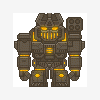
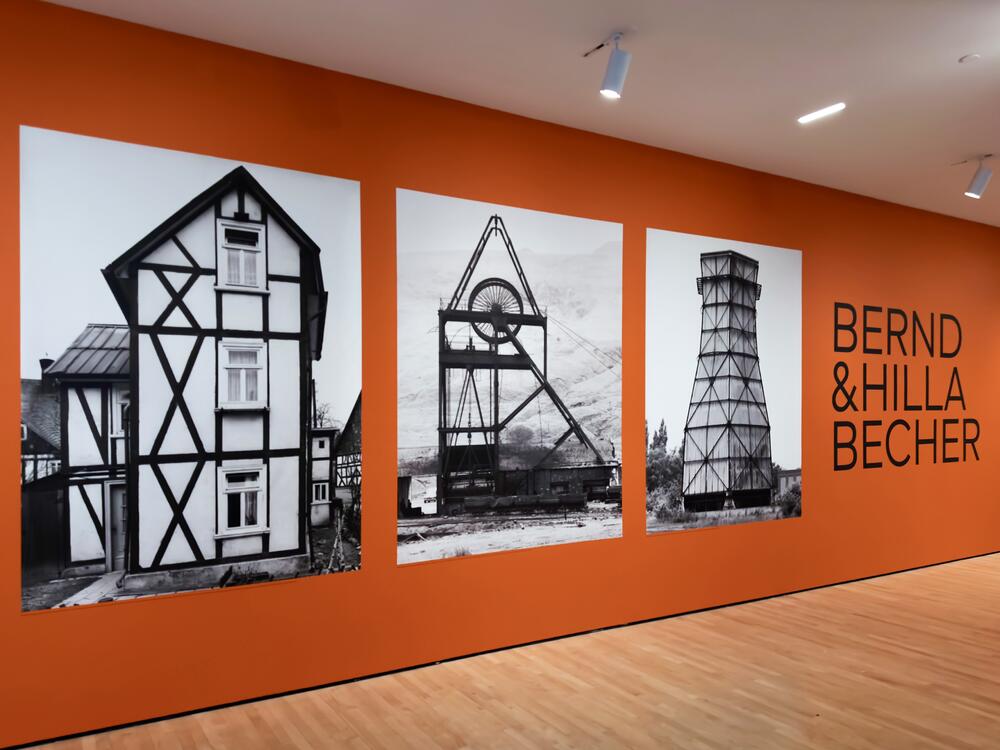
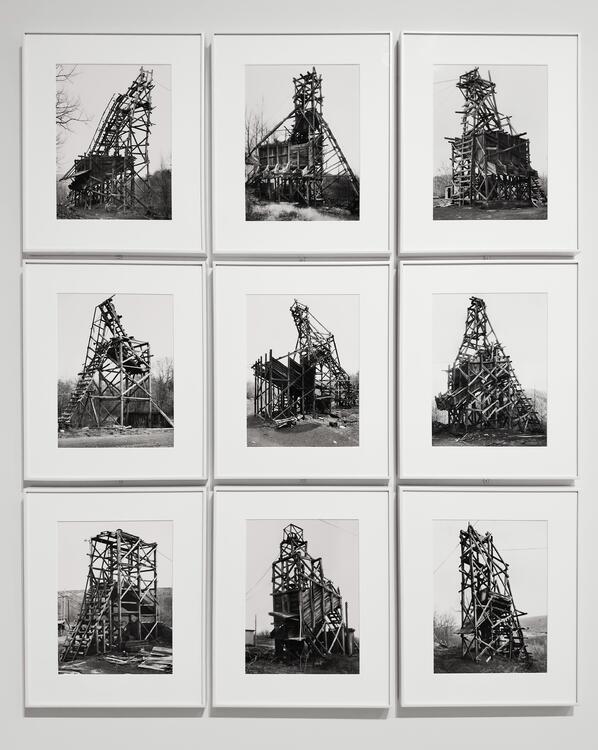
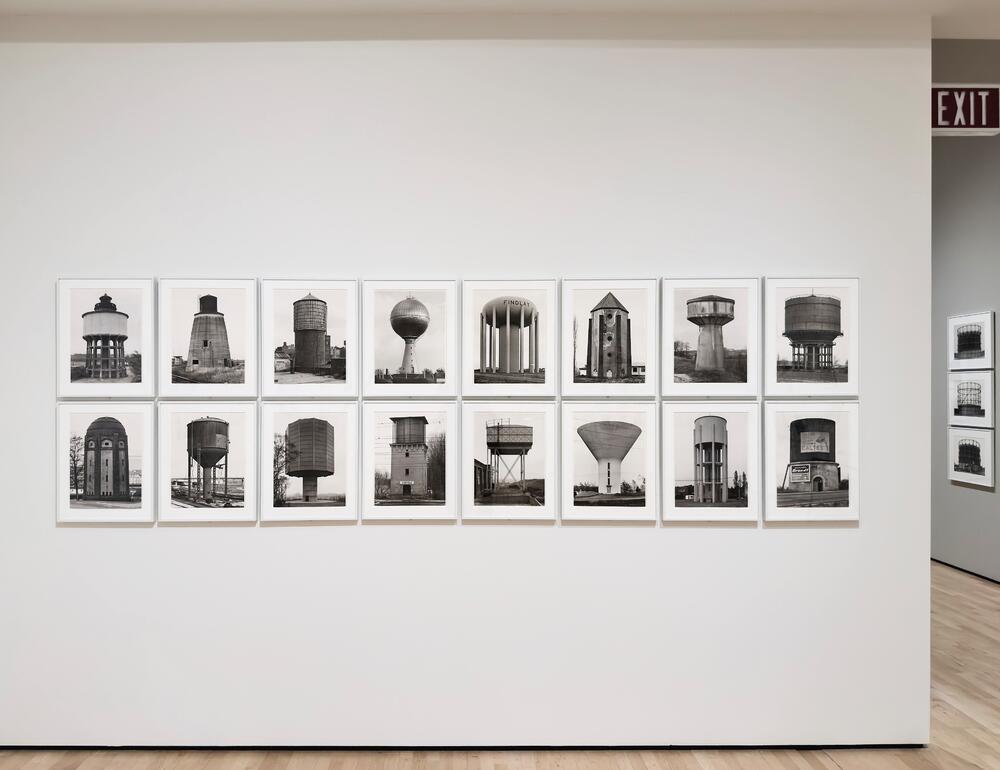
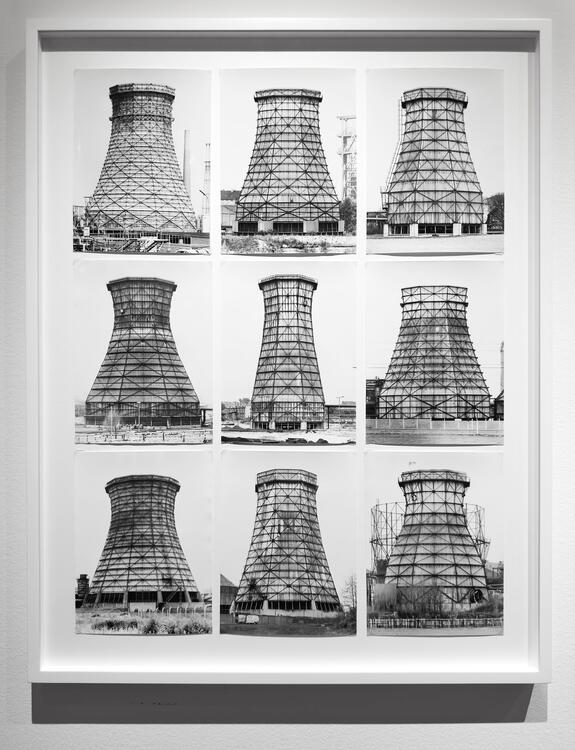
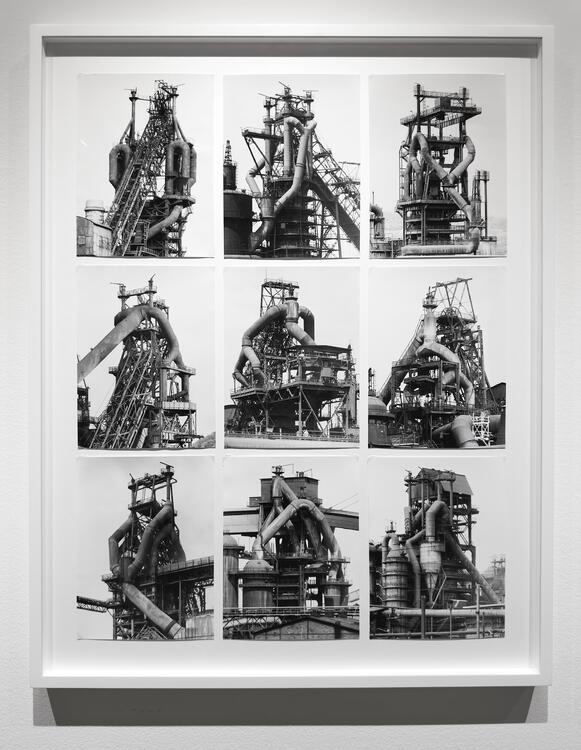
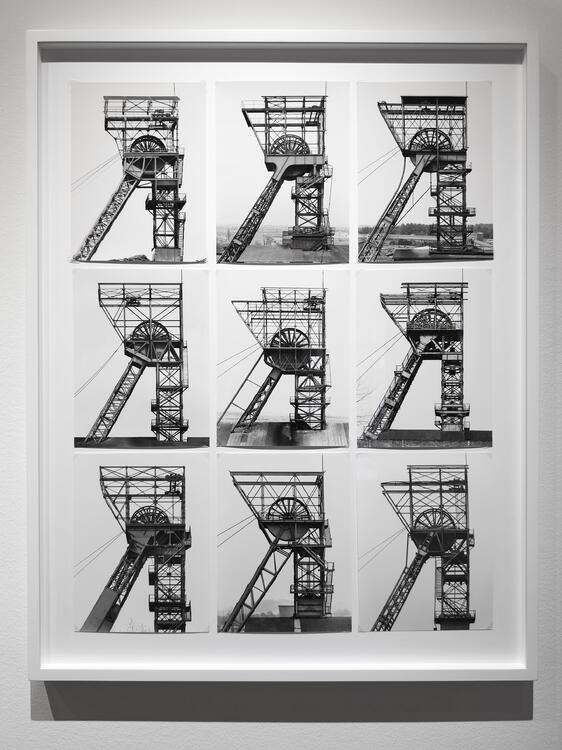
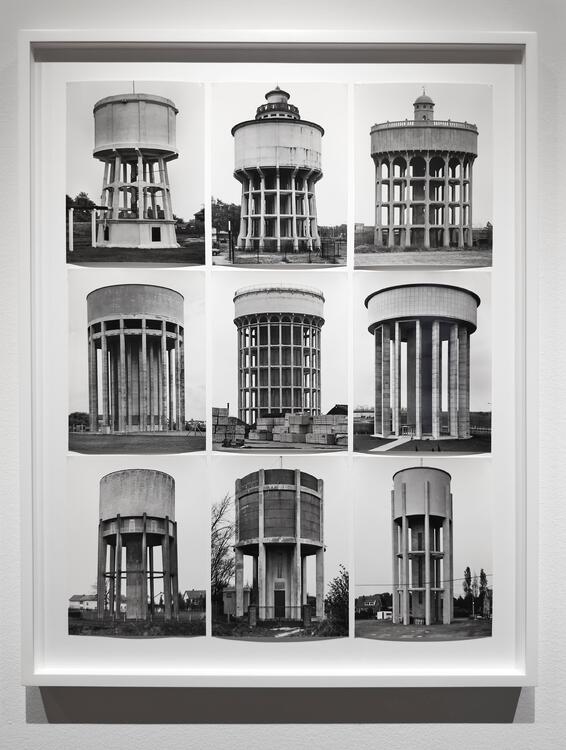

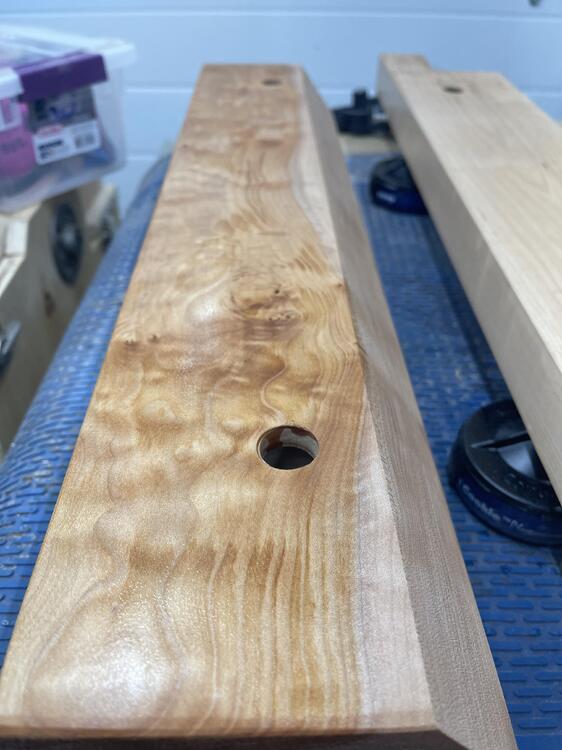
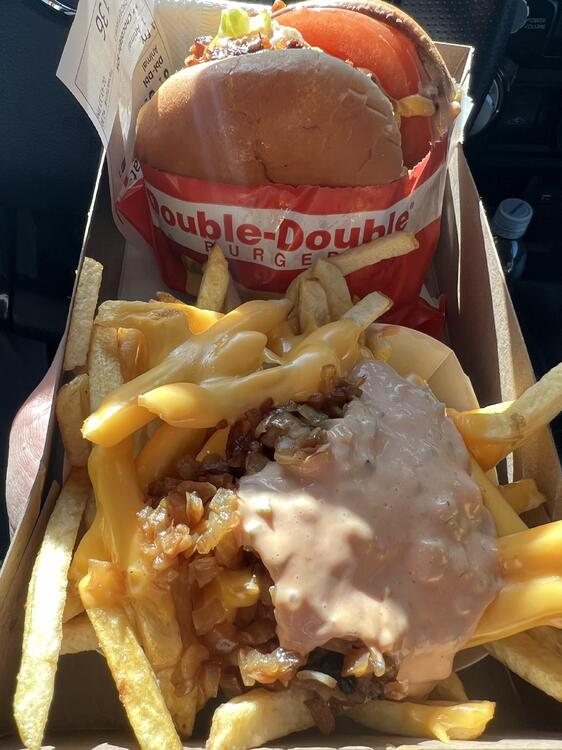


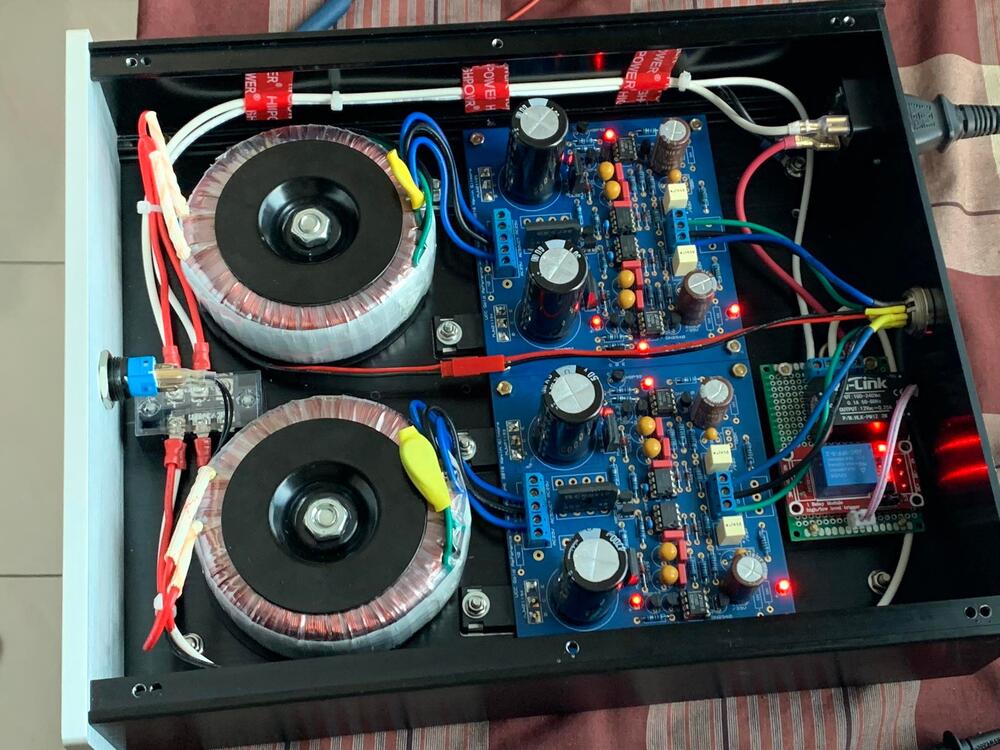
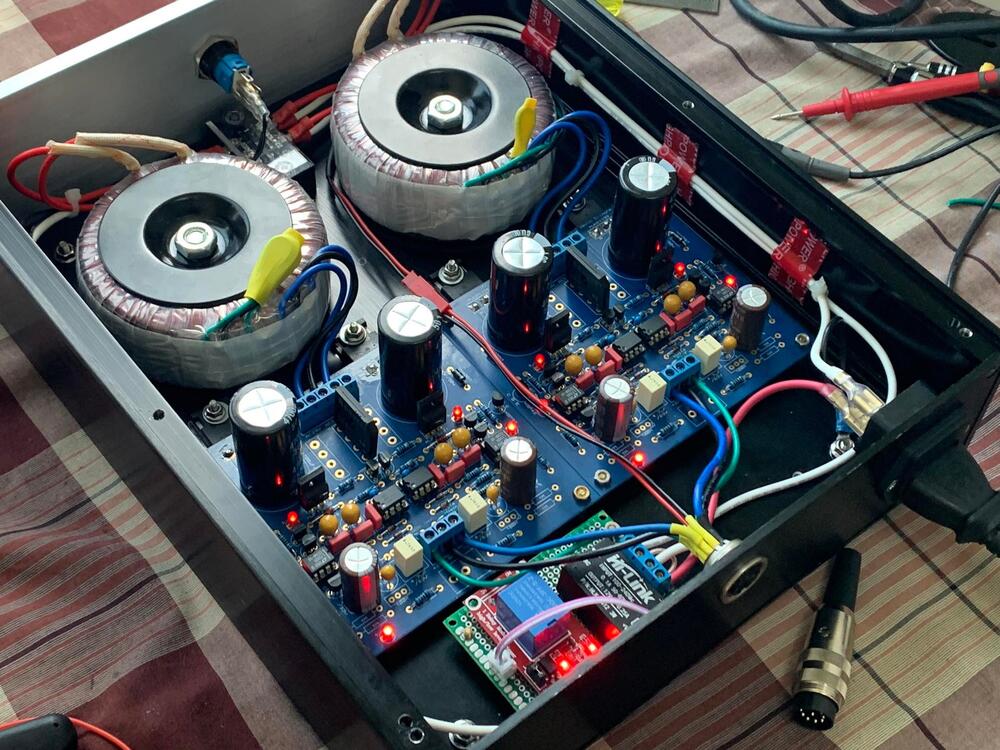
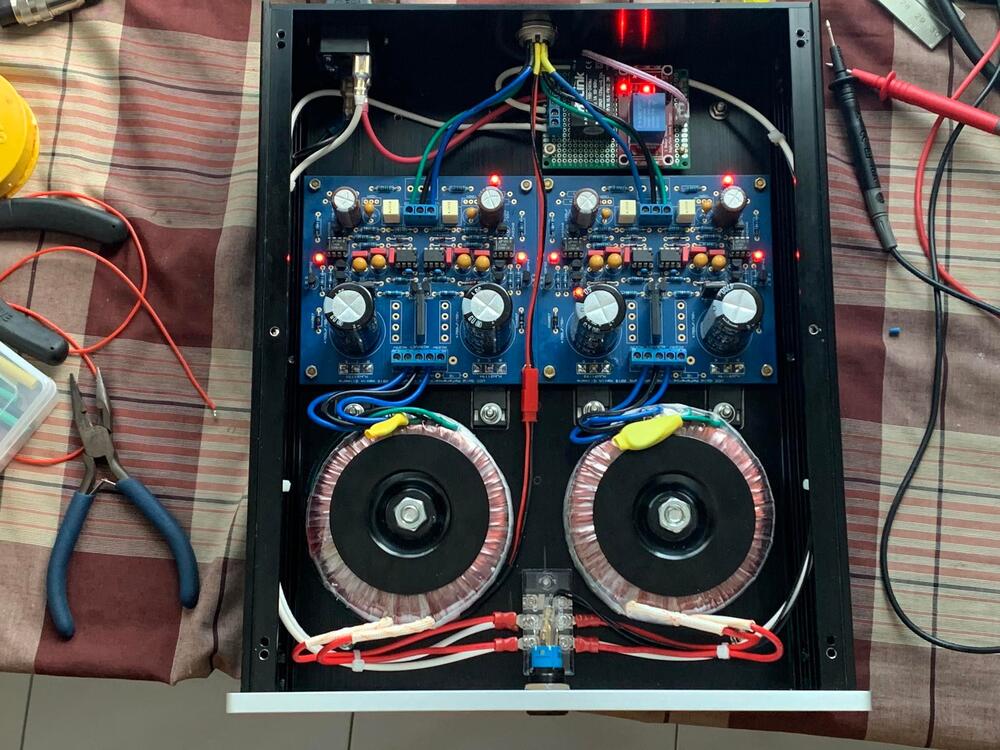
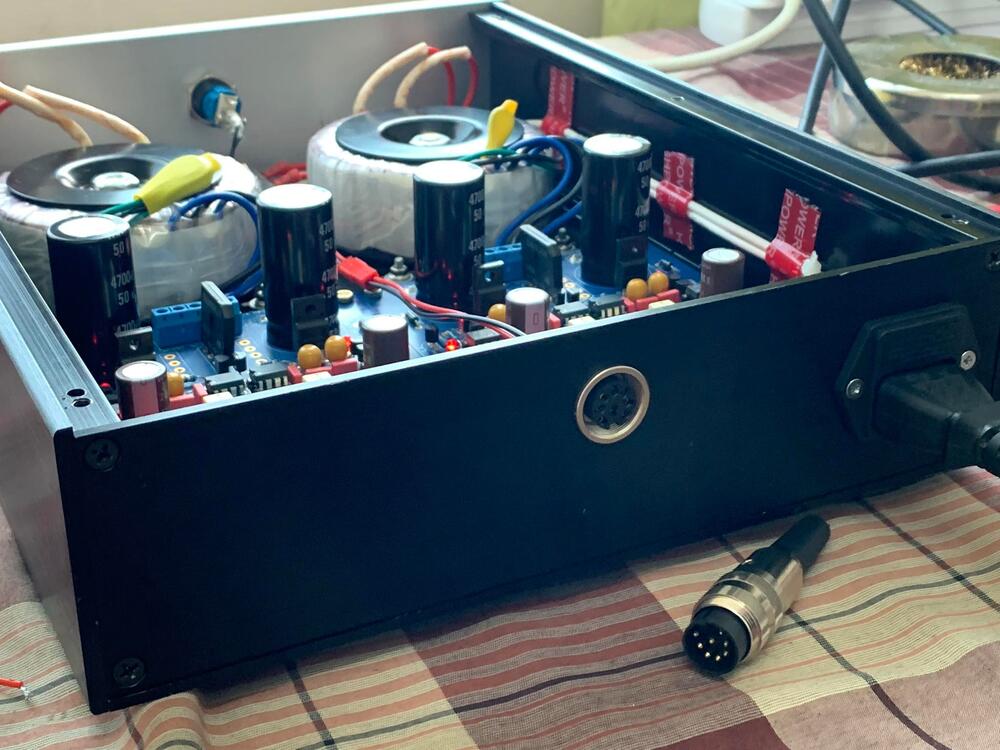
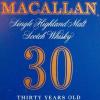
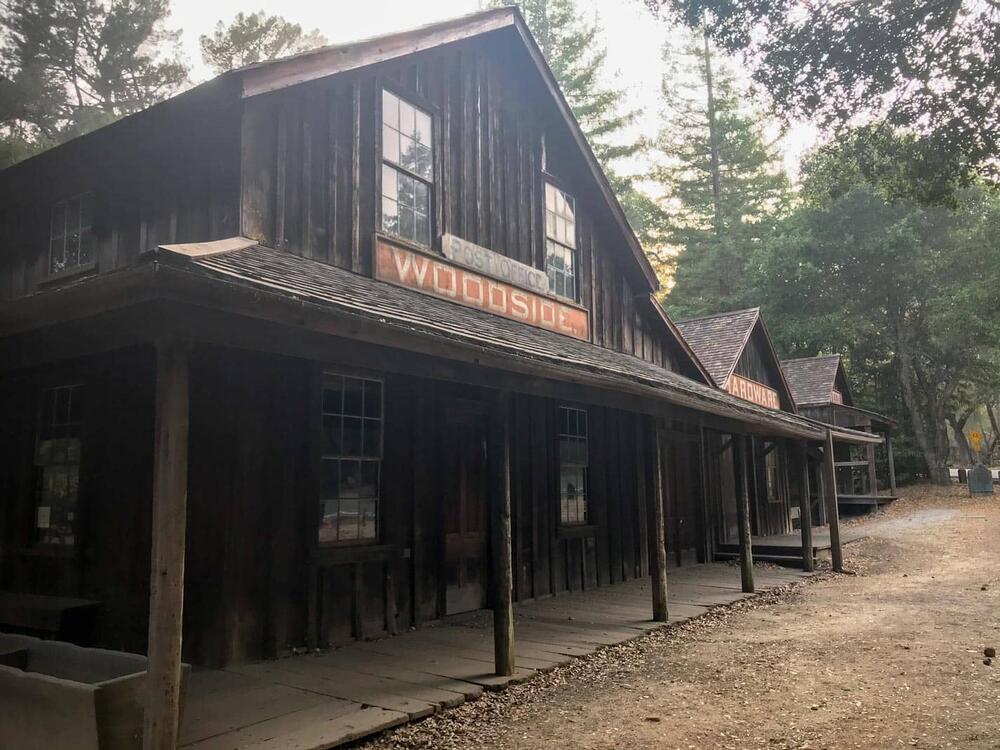
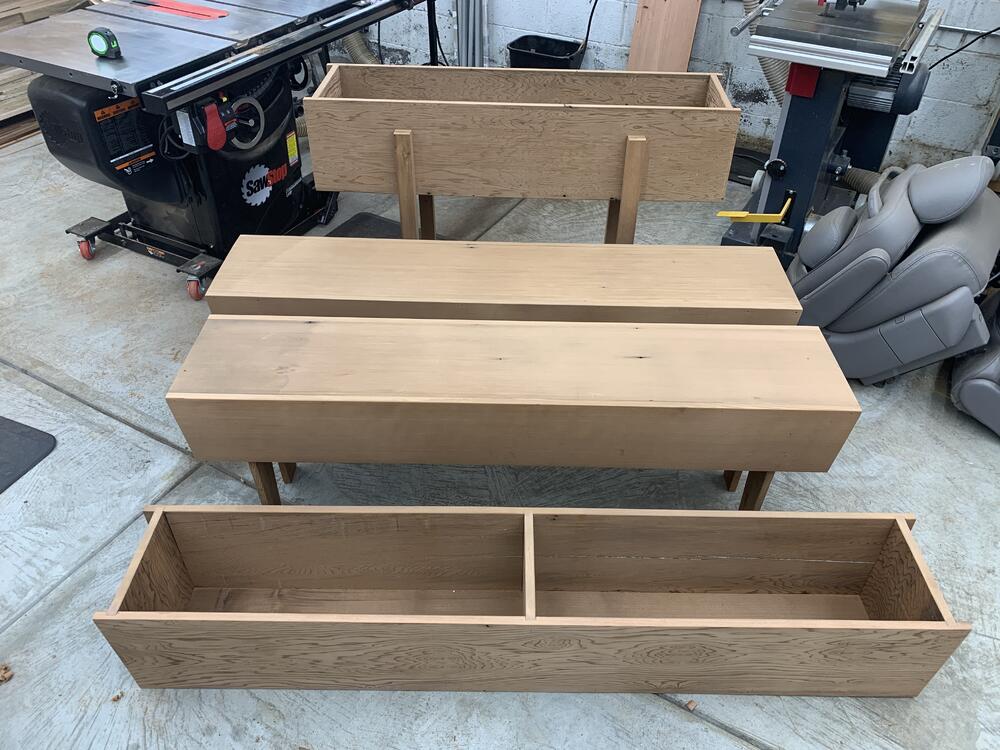
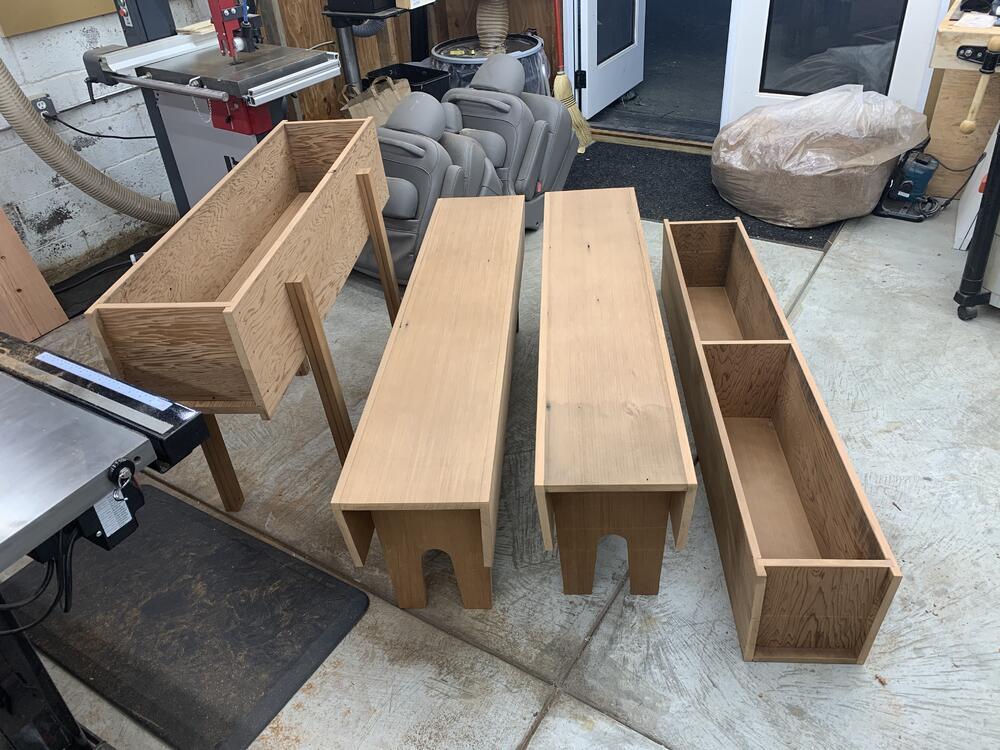
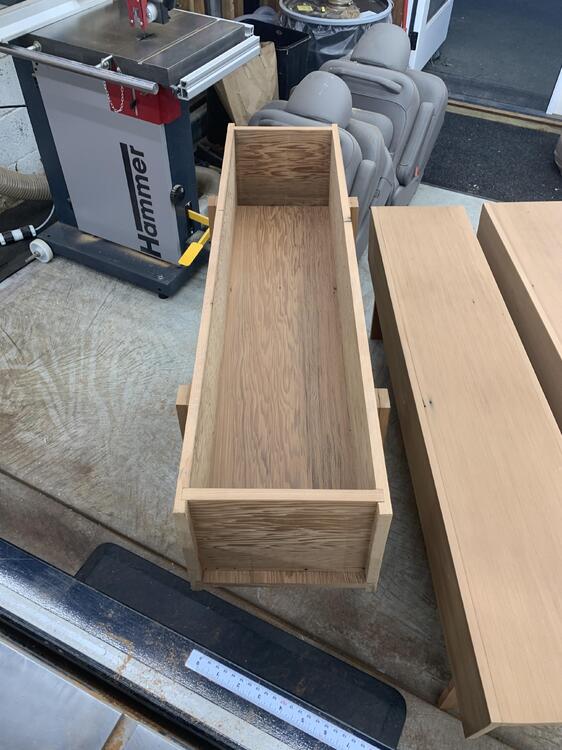
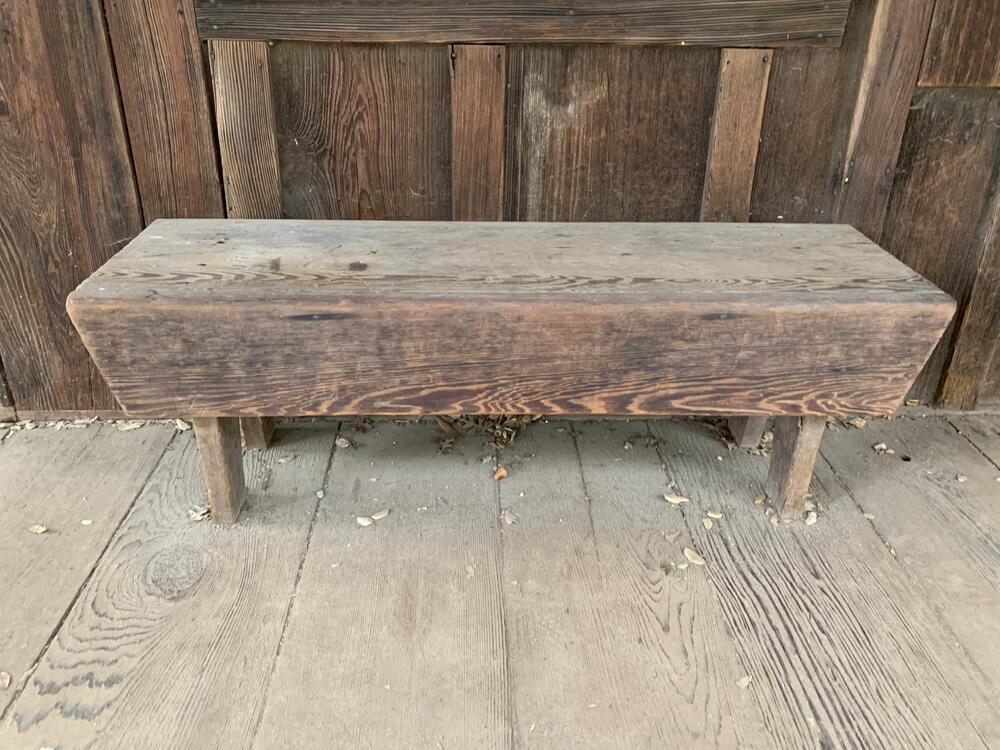

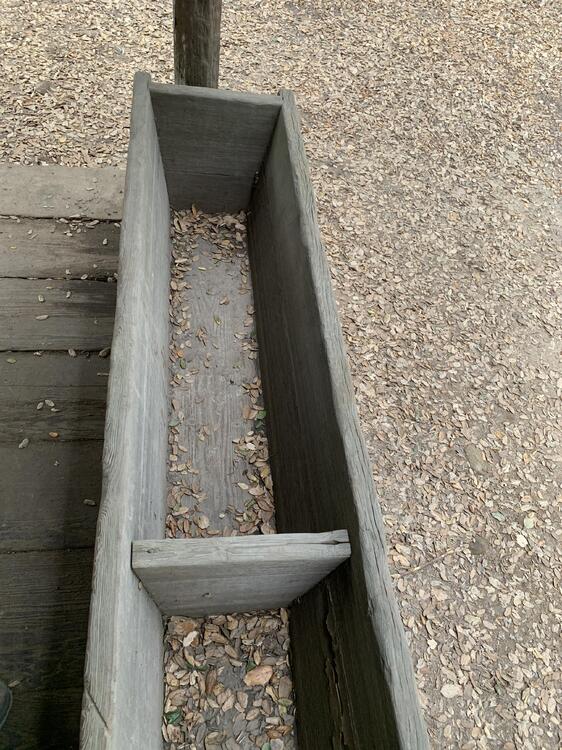
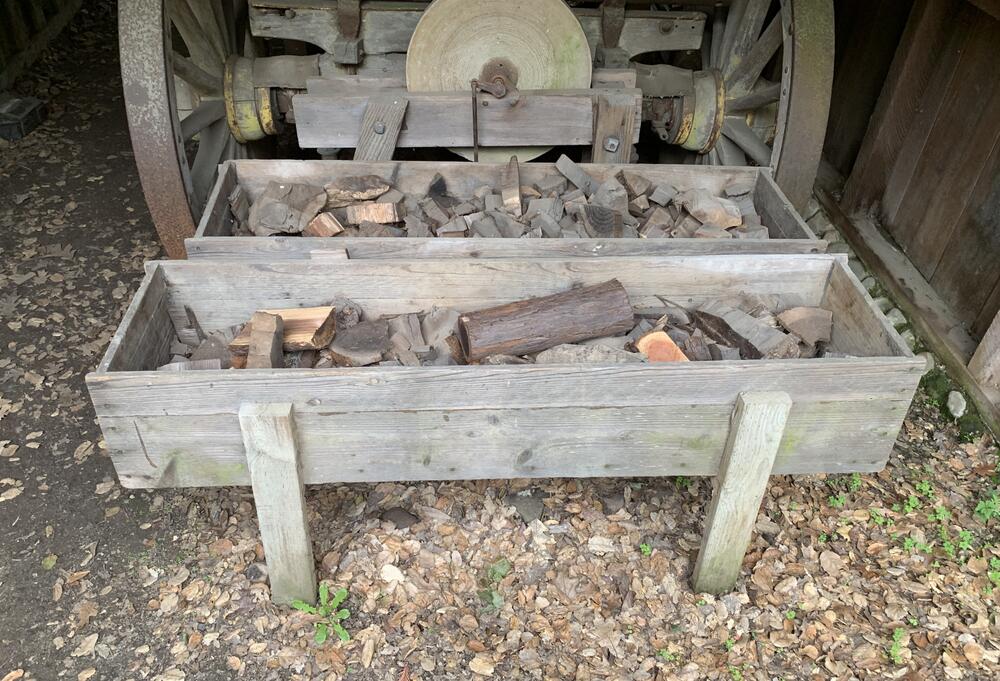
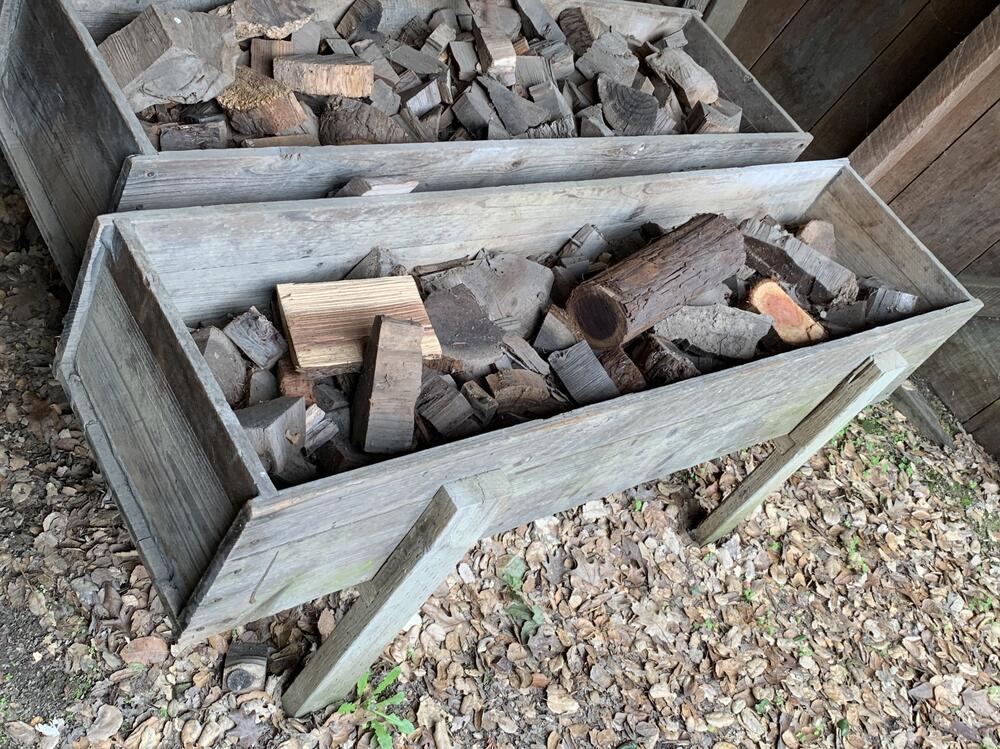
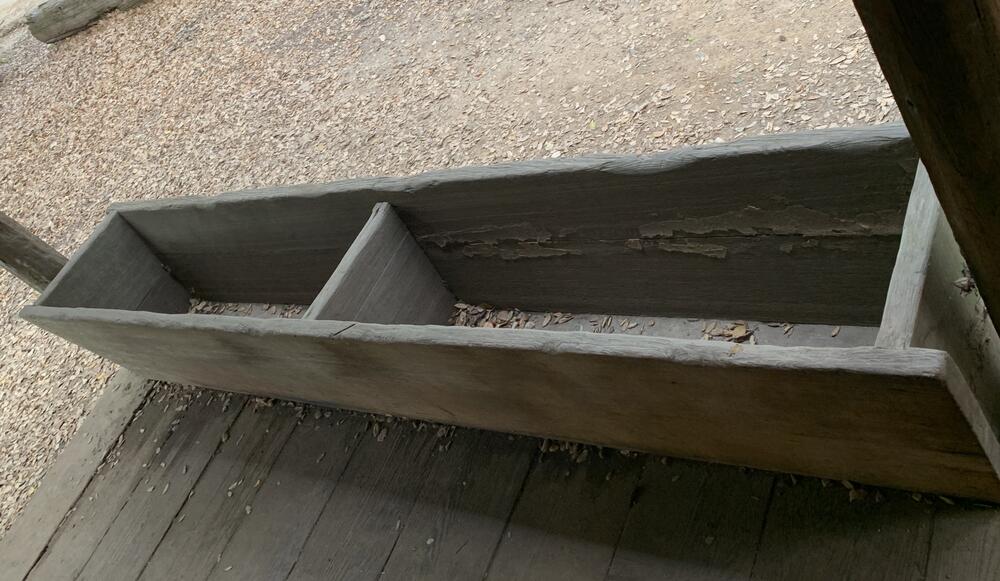
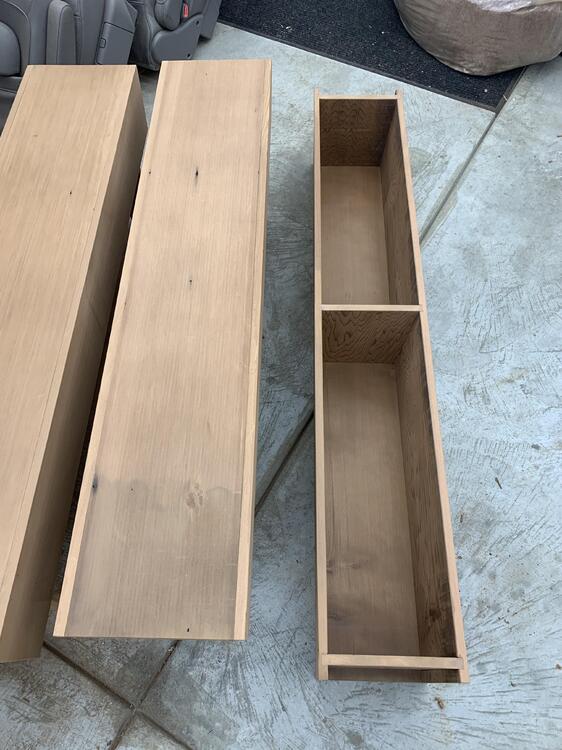
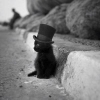
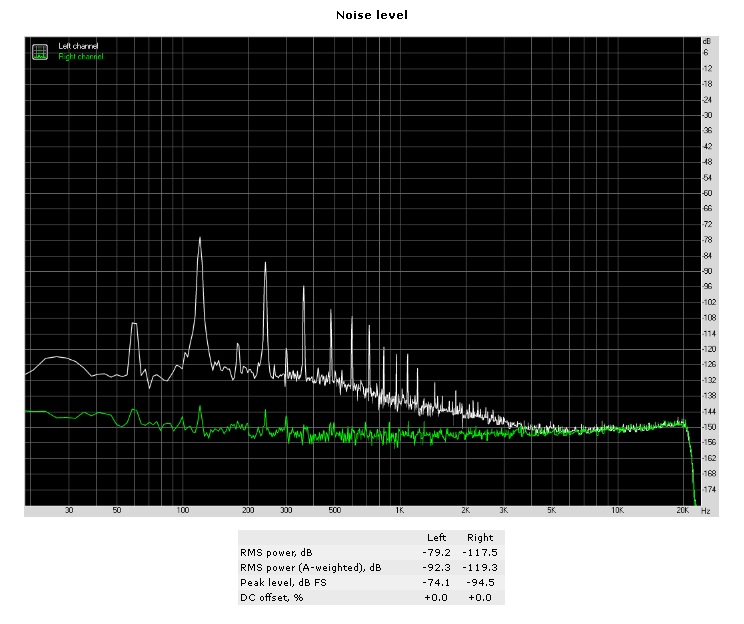
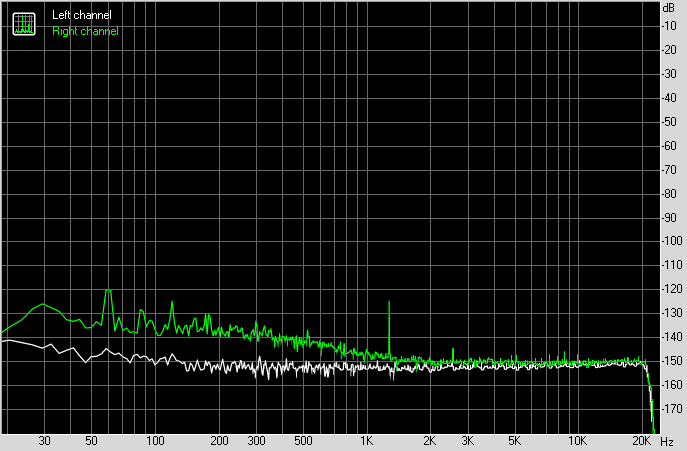
.thumb.jpg.b37fe106dd76c35d77b05c24dcd5c5f9.jpg)

